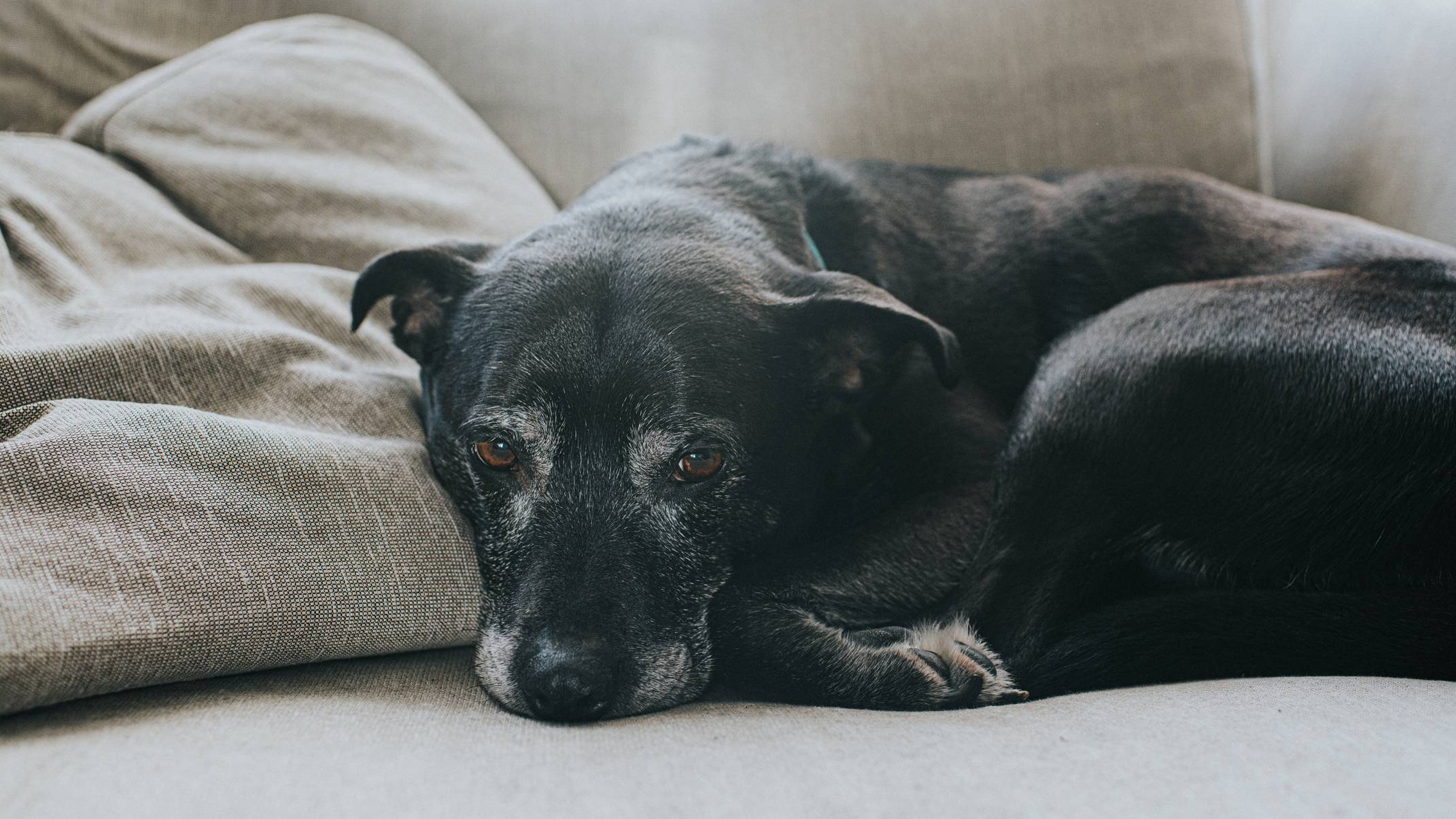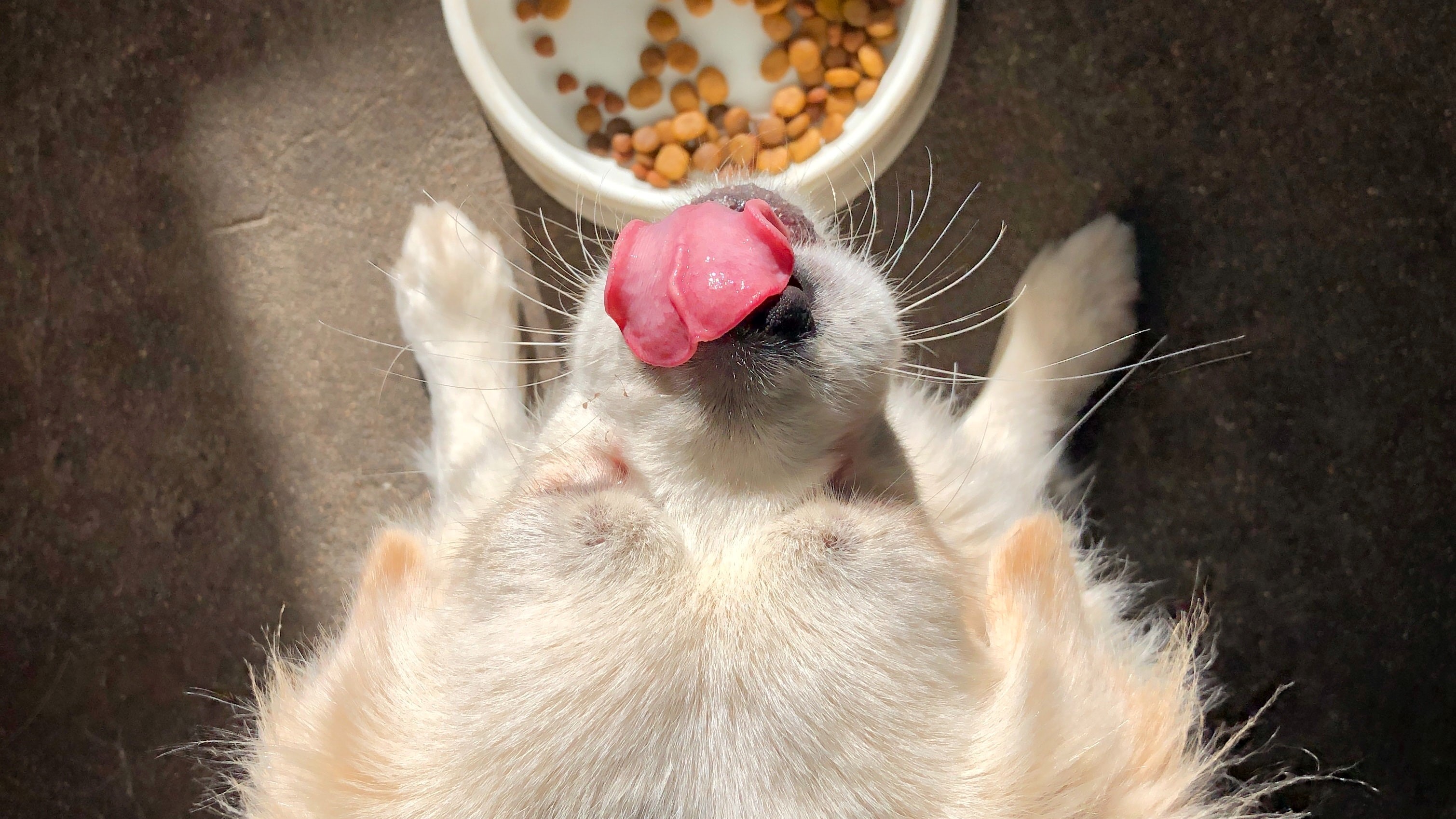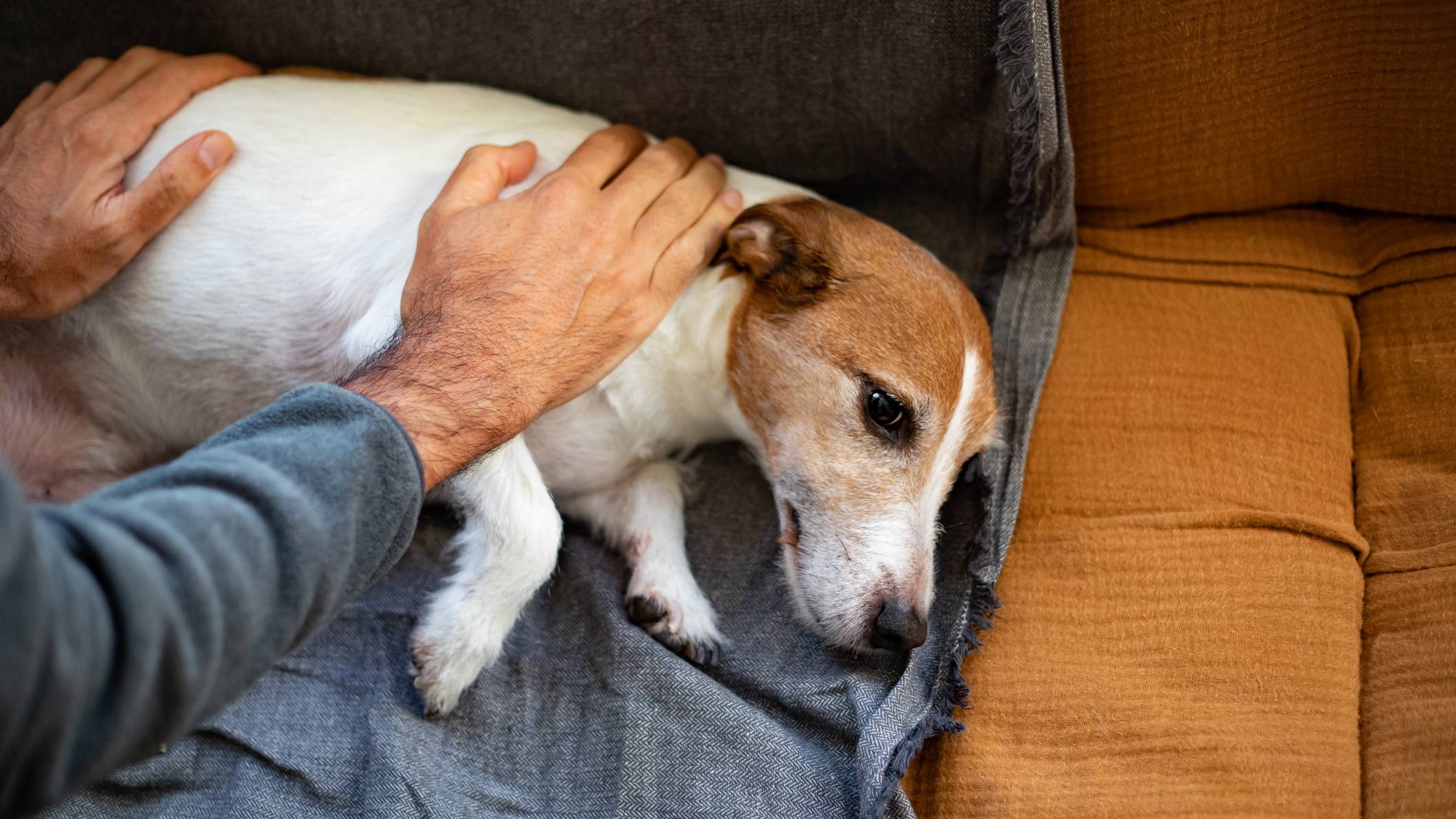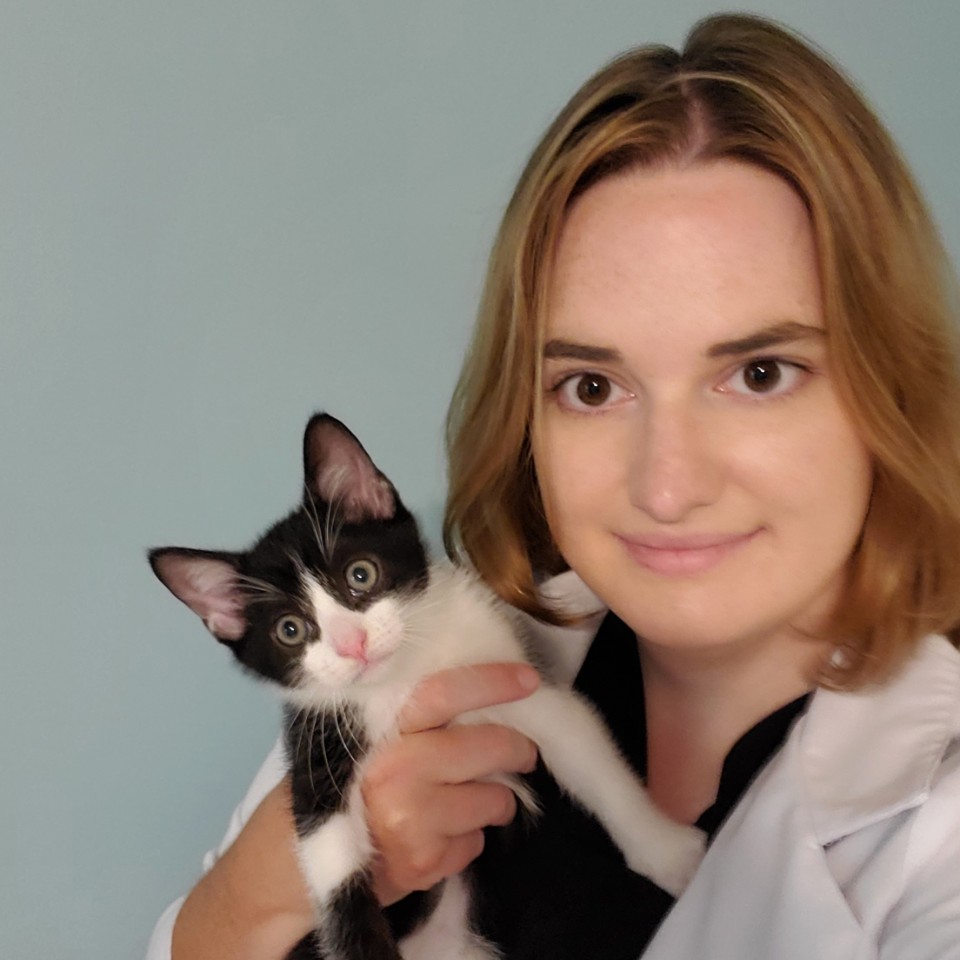GDV in dogs: Vet's guide to symptoms and treatment
GDV in dogs, especially large and giant breeds is a common condition – knowing the symptoms could save your dog’s life

Gastric dilation and volvulus, more commonly known as GDV or bloat, is one of the most serious medical emergencies veterinarians encounter in dogs. GDV is a life-threatening condition that occurs most commonly in large and giant breed dogs, and although GDV can occur in smaller breeds, it is much less common.
Early symptoms of GDV include unproductive retching, abdominal pain, and a distended abdomen. If your dog is a breed at risk for GDV, make sure you are able to identify the common risks and symptoms of this condition, so you can seek medical care right away if your dog should ever develop it.
- Best dog food: Nutritious meals to help your pup thrive
- How long should I wait to take my dog out after eating?
What is GDV in dogs?
GDV is the abbreviation for a medical condition called gastric dilation and volvulus, more commonly known as bloat. GDV is an emergency condition that occurs when the stomach fills with gas and then twists upon itself, cutting off circulation and increasing the pressure inside the stomach.
Gas and fluid continue to build up in the stomach and cut off blood flow, creating an emergency situation that must be addressed quickly. Dogs with GDV can quickly develop hypovolemic shock, cardiac arrhythmias (abnormal heart rhythms), and breathing difficulties due to the distended stomach pressing against the diaphragm. The stomach can also rupture, leading to septic shock.
GDV is a rapidly fatal condition and must be treated immediately to prevent severe sequelae from developing.
What causes GDV in dogs?
We don’t know exactly why some dogs develop GDV while others don’t, but there are several risk factors that can make a dog more prone to developing GDV. Risk factors for bloat in dogs include:
- Having first-degree relatives that have a history of GDV
- Deep-chested conformation
- Lean body condition
- Advancing age
- Eating quickly
- Eating from a raised food bowl
- Eating only dry food, especially in a single large meal
- Having a fearful or nervous temperament
- Exercising after eating a large meal or drinking a lot of water
If your dog displays some of all of these risk factors, it’s especially important to familiarize yourself with the symptoms of GDV, so you can intervene quickly should your dog ever develop bloat.

What are the symptoms of GDV in dogs?
Bloat is an emergency situation, so if you notice these signs in your dog, seek veterinary care right away. Common symptoms of bloat include:
- Retching
- Excessive salivation
- Abdominal pain
- Distended abdomen
- Restlessness
- Weakness
- Collapse
- Pale mucous membranes
- Fast breathing and heart rate
- Difficult or labored breathing
- Sudden death
Your veterinarian will initially diagnose bloat based on a physical examination. Your vet will then quickly stabilize your dog by starting him or her on intravenous (IV) fluids and decompressing the stomach to alleviate pressure and restore blood flow.
The stomach is decompressed either by passing an orogastric tube – a long tube that passes from your dog’s mouth into the stomach to help release excess gas and fluid – or by performing a trocarization, a simple operation in which a small hollow tube is passed through your dog’s side into the stomach to release the built-up gas.
Once your dog is in a stable condition, your veterinarian can then perform additional diagnostic testing, such as taking radiographs (x-rays) of the stomach to confirm the presence of dilation and volvulus. Your veterinarian may also recommend additional diagnostic testing, such as blood work.
Unfortunately, the only treatment for GDV is surgery. Your veterinarian will untwist the stomach and return it to its proper position, carefully assessing the stomach and the surrounding tissues for any damage that may have resulted from the lack of blood flow during the GDV.
Your vet will also perform a procedure called gastropexy, in which the stomach is tacked to the abdominal wall to prevent it from rotating again. Following the procedure, your dog will need to be hospitalized for IV fluids and close monitoring. Your dog will also be treated with antibiotics, antiemetics, and pain control medications.

Can GDV be prevented?
The good news is that bloat can be prevented in at-risk breeds, such as the Great Dane, German Shepherd, Standard Poodle, and Doberman Pinscher, which are more commonly affected by GDV.
In these and other at-risk dogs, a prophylactic gastropexy may be performed to tack the stomach to the abdominal wall and prevent volvulus from occurring. This procedure is often performed at the time of spay or neuter, or it can be performed as a separate procedure.
Having a prophylactic gastropexy performed greatly reduces the risk of developing GDV, so if your dog is a breed at high risk for developing GDV, ask your veterinarian if performing this procedure as a preventive measure would be a good choice, based on your dog’s breed and lifestyle.
Summary
Despite its innocuous-sounding name, bloat is a serious and life-threatening medical condition in dogs. Large and giant breed dogs are at risk from GDV, especially if they display certain risk factors such as a deep-chested conformation and are middle-aged or older.
Symptoms of bloat include unproductive retching, abdominal pain, distended abdomen, excessive salivation, restlessness, and collapse. If your dog shows signs of bloat or GDV, seek veterinary care right away. By knowing the signs and symptoms of GDV, you’ll be able to act quickly should your dog develop this condition – saving valuable time that could save your dog’s life.
PetsRadar Newsletter
Get the best advice, tips and top tech for your beloved Pets
Dr. Elizabeth Racine is a small animal general practice vet covering all things pet health and wellness. Her special interests include veterinary behavior, nutrition, and internal medicine.
As a freelance writer, Dr. Racine has written content for major companies in the industry such as the American Kennel Club, Merck Animal Health, Bayer PetBasics, Elanco, and CareCredit. In her free time, Dr. Racine enjoys playing trampoline dodgeball, hiking with her beagle Dasher, and spending time with her three mischievous cats.

